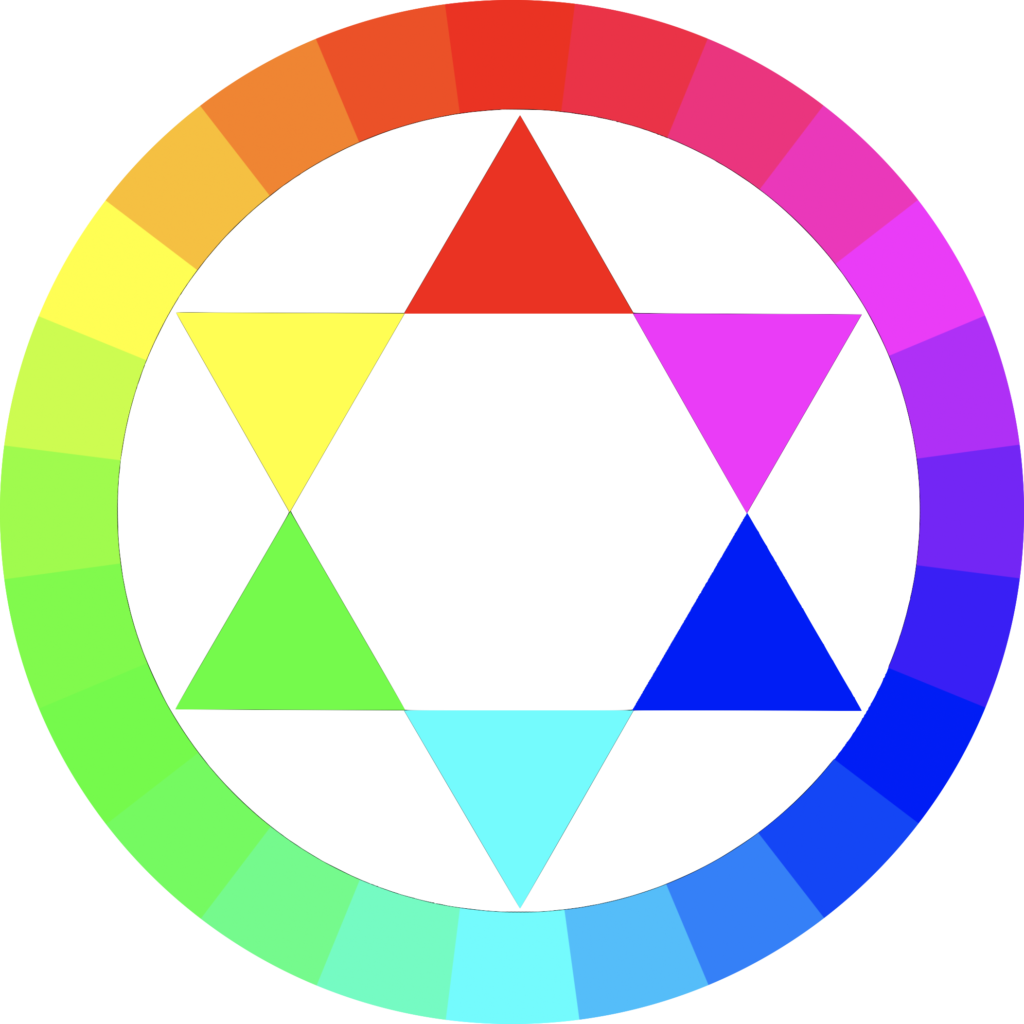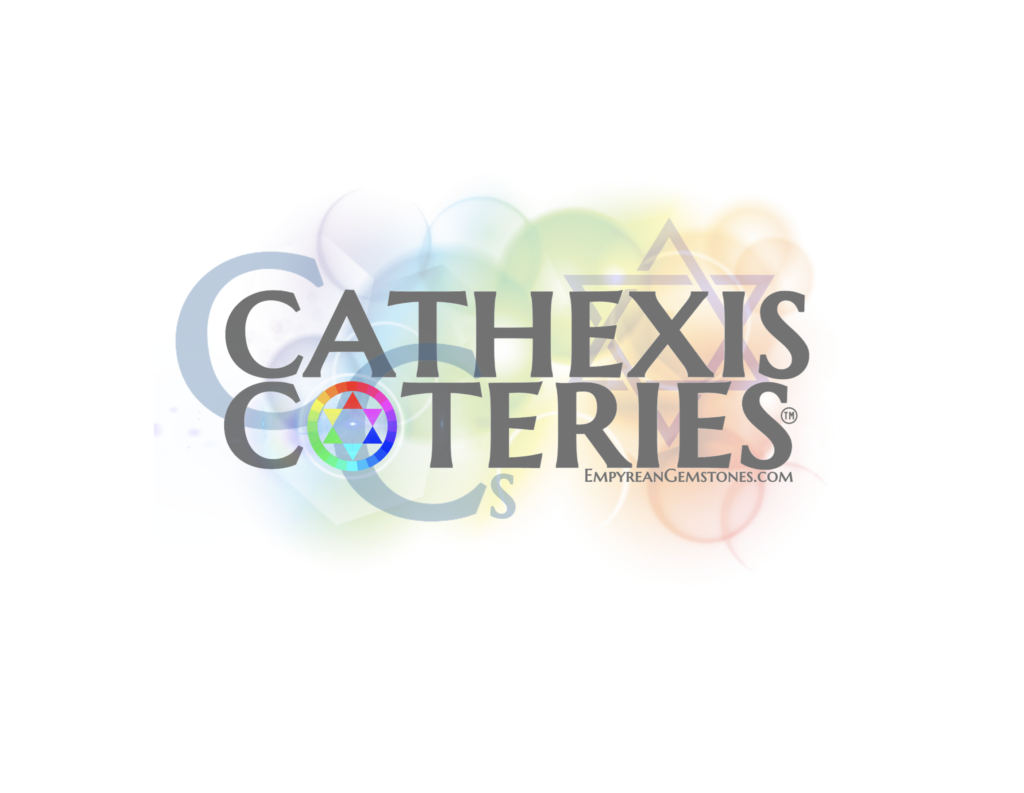What is a "Therapeutic" Gemstone?
It’s all about “therapeutic” quality gemstones. Right? What constitutes “therapeutic” gemstone necklace? Is it just a marketing ploy?
The first gemstone necklace I bought was a 30-inch Mother of Pearl. I was so excited! Then I went to my first Gem Show. I couldn’t believe how much I paid for the necklace where I could have bought the same stones for a fraction of the cost. So, I decided to start making my own.
That turned out to be much more work that I originally believed. I’m still making necklaces so I didn’t give up. Most people are unfamiliar with the process taking place to arrive at a beautiful necklace. I believe that part of what constitutes “Therapeutic Quality” has to do with all the variables involved in constructing a necklace.
Therapeutic Quality identifies with the overall process of constructing a gemstone necklace.
Gemstones come in a huge range of grades of quality. If quality is associated with “therapeutic” then the most expensive stones would be the best. And maybe that is true to some extent, but then that would mean that most “therapeutic quality” gemstones would be out of reach financially for most. That seems unfair that only the rich can have the best “therapeutic” quality necklaces.
Rather, I would like to look at all the different grades of gemstones and understand their “therapeutic” benefits based on the gemstone itself and not the price.
Different Grades and Price of Tourmaline?



The Journey of a gemstone necklace.
Exploring the process at arriving at an end product of a gemstone necklace might lend some insight in the investment in purchasing a necklace of your own. Purchasing a necklace from a location that has someone trained in gemology will insure that your gemstones will be what you intended them to be.
Gemstone Identification
The first obstacle I encountered was knowing what to buy. I ended up taking courses from GIA (Gemological Institute of America) where I learned how to identify and grade colored gems and minerals. The rest was years of working with gemstones and learning what to look for and how to know what was untreated or enhanced. There is no easy way to learn the trade but to just immerse oneself in the stones.
Can you identify all the gemstones below? There are synthetic and enhanced in the collection below. Can you tell the difference?
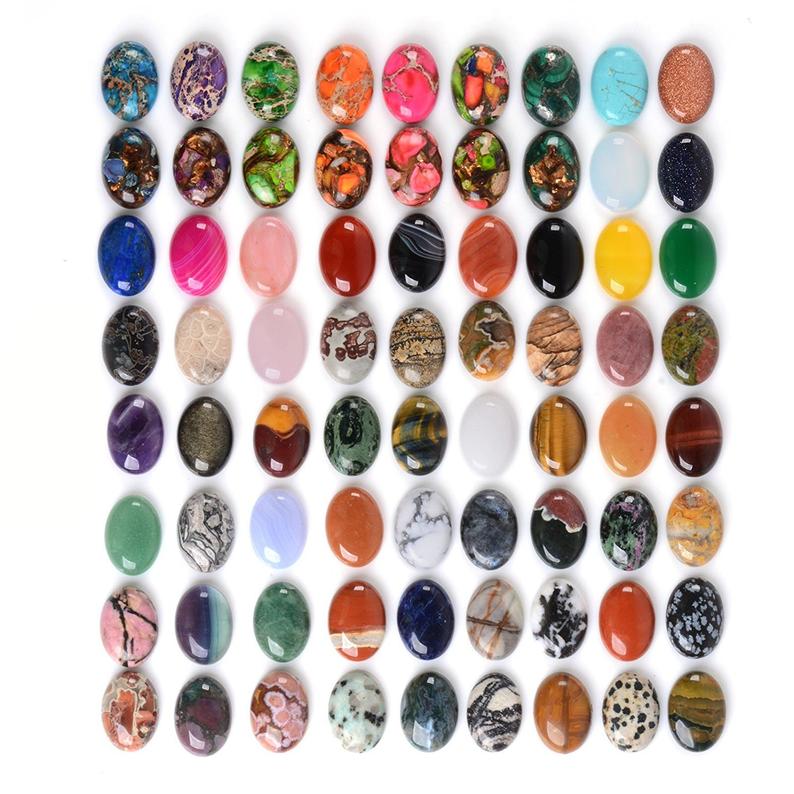
Availability and Pricing
Gemstones are grown in Mother Earth, not manufactured. Seems intuitive, but this is a common issue that most don’t internalize. Mines open and close. The value of a gemstone has a lot to do with availability of a gemstone on the market. Each year at Gem Shows, there seems to be new gemstones that are currently in the market. When they first emerge, they start out on the high end. Overtime, the market gets saturated and the price drops. Then over a longer period of time, the mines run out and the price climbs again. The price of gemstones is constantly fluctuating as this occurs.
An example would be turquoise. Turquoise is found with deposits of copper. When the price of copper is high, the mines focus on copper (Cu) production instead of the turquoise. When copper prices are low, turquoise is more available. But mines run out. When this happens, the price soars. The challenge is staying on top of current trends and pricing accordingly. That is why gemstones necklaces can be a sweet investment. It is rare that a stone will ever decrease in value. I have several necklaces that I bought during an abundant time period that have since become unavailable. Their worth has jumped enormously.

Turquoise is an opaque, blue-to-green mineral that is a hydrated phosphate of copper and aluminum, with the chemical formula of CuAl₆(PO₄)₄(OH)₈ • 4H₂O.
Sleeping Beauty Turquoise is becoming very rare and its pice has skyrocketed.
Travel and Buying Trips
The only real way to buy gemstones is to see and handle them in real life. The best place to accomplish this is by attending a gem show. The biggest and best Gem Shows are in Tucson Arizona about the end of January. There is a significant cost involved in traveling and lodging at gem shows. All these expenses contribute to the end price of a necklace.
It takes a full week to explore all the shows, compare prices, grade and select the best stones at the best value. All this time and work is included in the price of a necklace.

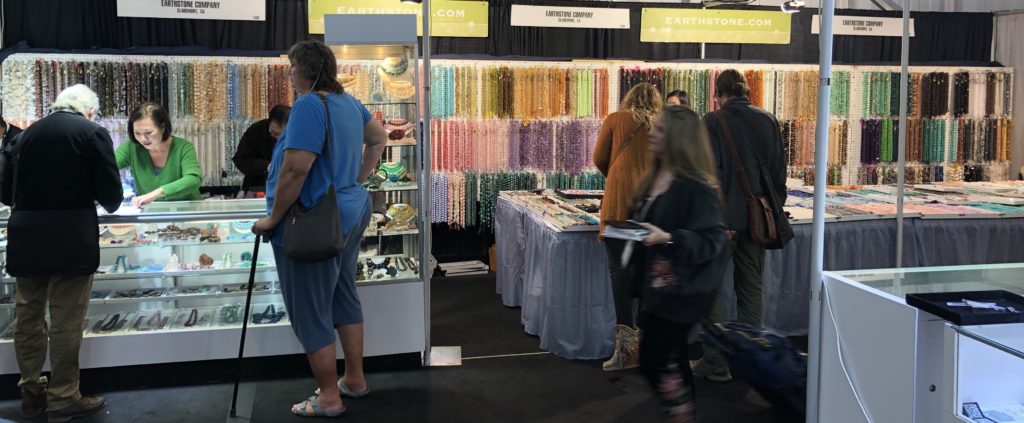
Grading and Selecting
Gemstones beads come in 16” strands. It takes anywhere from 2-3 strands to make a necklace. About 40-60% of the gemstones in a strand are imperfect and need to be removed.
An example is Bloodstone (heliotrope). Relatively inexpensive gemstone. The highest quality is a deep green with flecks of red. Once all these desirable stones are selected out of a strand, each stone absorbs the cost of the undesirable selections.

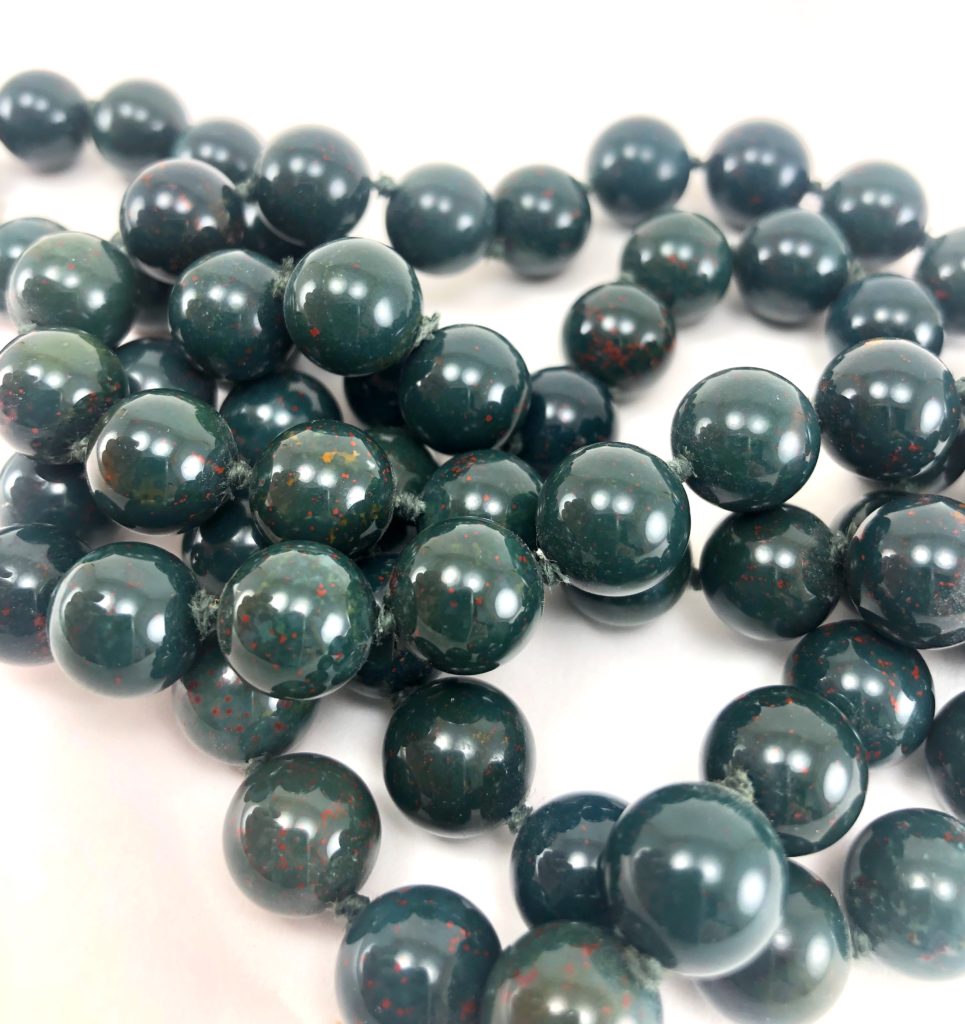
Knotting and Tying
Not as easy as one would think. I have been knotting gemstone necklaces for over two decades and I still have lots of room for improvement. The average cost of having a necklace knotted on cord is about $3 in inch. A thirty-inch necklace would be $90 just in knotting. Even if you could buy the stones at $5 a strand, the knotting alone pushes that total up dramatically. That is why I am always emphasizing the importance of taking good care of your necklace.
Marketing and Sales
If I feel unsure about buying a string of gemstones online, why would I expect that anyone would want to buy one of our necklaces online. I feel strongly that brick-and-mortar locations are the only real way to sell necklaces. That also costs and needs resources.
Over time, customers will come to have a relationship with their gemstone sources and trust that what they may buy remotely will be quality. But until that relationship is developed, sales need to take place in a store where the customer can have their own experience in connecting with the “Therapeutic Quality” of their purchase.
In order to provide that experience, marketing comes into play to advertise a place to go have a gemstone experience. Again expenses.
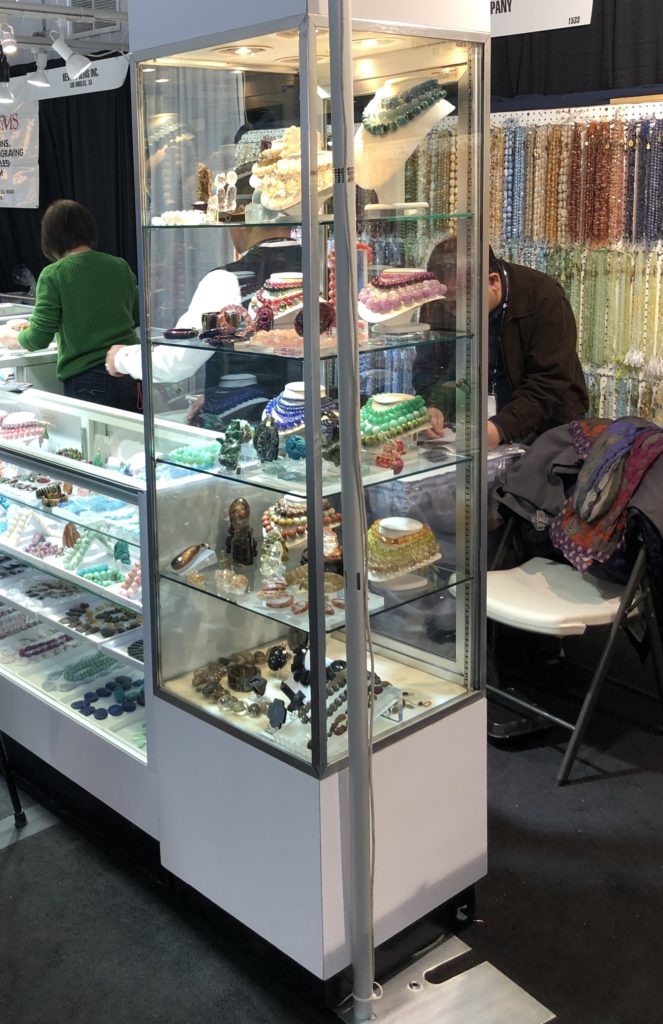
All things considered . . .
Next time you are considering purchasing a “Therapeutic” gemstone necklace, consider all the factor involved on bringing such a beautiful treasure into your life. The most expensive isn’t always the best. Shopping at a location that offers a variety of gemstone qualities might be enlightening and better on your bank account.
Don’t let someone tell you what is therapeutic. You decide for yourself because that is all that really matters.

